What is the Langhe-Roero and Monferrato region? How do you navigate it? And what is there to do and see in Langhe? All your questions answered here.
When travelers think of Italy, one immediate mental picture comes to mind: Tuscany. It’s lush rolling hills filled with olive trees or grape vines. But real Italians know that this beautiful mental image is not exclusive to Tuscany, which while beautiful can be overwhelmed by tourism. As an alternative to Tuscany, consider the UNESCO World Heritage Sites in the Langhe-Roero and Monferrato region in Piemonte. So this summer, when the opportunity presented itself to take a day trip to the Langhe, Piemonte region, I said to my mother: andiamo!
Quick Navigation: A Day Trip to Langhe, Piemonte
Where is Langhe-Roero and Monferrato?
Why is it an alternative to Tuscany?
Why is Langhe-Roero and Monferrato a UNESCO World Heritage Site?
Day Trip Itinerary
Where is Langhe-Roero and Monferrato?
Piemonte is broken out into three areas (and if the below descriptions are like gibberish to you, the map should help clarify things!). Of the three, I took a day trip to the Langhe region. This region is known for it’s production of Barolo wine, medieval hill top villages, rolling vineyards, and food, particularly truffles, which we ate plenty of in Alba (more to come on that).
Why is it an Alternative to Tuscany?
The Langhe-Roero and Monferrato region is the ideal alternative to Tuscany. The region is less crowded because it’s not as known among tourists. Although, it’s becoming more and more popular by the day among Europeans, particularly the Germans and the French who live right on the border with Piemonte. You won’t find those Tuscan crowds and large tours filling vineyards. You’ll still encounter that local touch and personal feel to each experience (not that you can’t find that in Tuscany, but it’s definitely getting harder by the day as demand rises). It’s position is also closer to the Northern Lakes like Lake Maggiore. This makes a day trip to Langhe easy if you’re choosing to spend a week at the lakes.
Why is Langhe-Roero and Monferrato a UNESCO World Heritage Site?
Our journey to the the Langhe region began at 8AM. We hopped in our convertible Fiat 500 and set off from our house in Feriolo. It was clear we were approaching the Langhe-Roero and Monferrato area the minute we hit SP3 (or Strada Provinciale 3). Rippling fields and wineries and olive trees flickered past us as we drove. Six areas in the Langhe Roero and Monferrato area are a UNESCO World Heritage Site for similar reasons to why Le Cinque Terre are a UNESCO (and no it’s not because of the towns). If you haven’t read my article about this already, then you should! It has to do with how the people and area have preserved the landscape and ancient winemaking traditions.
Village of Barolo
Visit Italy’s Wine Villages: Barolo Wine Region
Spend a day in the most famous wine village in the Barolo wine region of Langhe. Barolo is one of the beating hearts of the Langhe region, known for it’s famous Barolo wine, also known as the King of Wines. The village has about 750 inhabitants that mainly work in either tourism or wine production. A day trip to Langhe means traveling with renewed sense of awareness and an eye for community impact. And of course, it helps to know that you’ll be tasting your way through the Langhe region sipping on the best Barolo wine in the world.
Big Bench Community Project, Le Panchine Giganti delle Langhe
As you wind your way through the Langhe region you’ll come upon not one, but hundreds of enormous colored benches. This art project and installation was started by American designer Chris Bangle back in 2010. The concept was to create a bench so big, that when someone sat on it they would feel like a child again looking out at the stunning Langhe panorama. Eventually the bench became a part of a larger Big Bench Community Project, a collaboration between donors and local craftsmen to create products inspired by them. By using local craftsmen, a small contribution of the funds go towards the towns involved, therefore supporting the local economy and tourism.
Castello di Grinzane Cavour
While there are several castles in the Langhe-Roero and Monferrato region, one stands out more than others: Castello di Grinzane Cavour. Conte di Cavour was not only a key player in the unification of Italy, but also one of the reasons Barolo wine even came into existence in the first place. So it makes sense that we visit his 11th century castle, which he resided in he while being the mayor of Grinzane from 1832 to 1849. Today the castle is home to an ethnographic museum, tasting room, the Cavour regional enoteca or wine shop, and a stunning Michelin Star restaurant.
When you step in you’ll immediately see a collage of photographs of notables and famous celebrities in the castle. All the photographs are of the annual truffle auction that takes place every November. More on the importance of truffles in my article about Alba below. Following the images is the enoteca, which is a must-visit. It was established in 1967 to showcase the famous wines of the region.
The Michelin Star restaurant is located on the second floor. It has an internal open-facing brick courtyard surrounded by several private rooms with windows facing the stunning vineyard panorama. Granita di Mosto di Moscato was the special to-go order of the day at Castello Grinzane di Cavour.
Alba
Learn About Alba, Italy and Why You Should Visit
Alba is one of the biggest towns and the capital of the UNESCO World Heritage region of Langhe in Piedmont. It is known as the culinary capital of Piedmont most famously for its white truffle fair (or tartufi) held on weekends during the month of November, as well as it’s peach production and, of course, wine. In fact, Langhe-Roero has over 15 Michelin Starred restaurants and the majority of them are in Alba. Add on the fact that Nutella and Ferrero Rocher come from Alba and you’ve got yourself the definition of an Italian culinary capital that has a lot to offer.
Neive: Part of “I Borghi più belli d’Italia,” translated to “the most beautiful villages of Italy”
What to See in Langhe: Neive, Piemonte
Nominated as one of I borghi piu’ belli d’Italia, translated to “the most beautiful villages of Italy,” Neive is easily missed. But, it should be a must while visiting the Langhe region.
>> Next: Things to Do on Korcula: Bike the Lumbarda Vineyards
Follow SVADORE on:
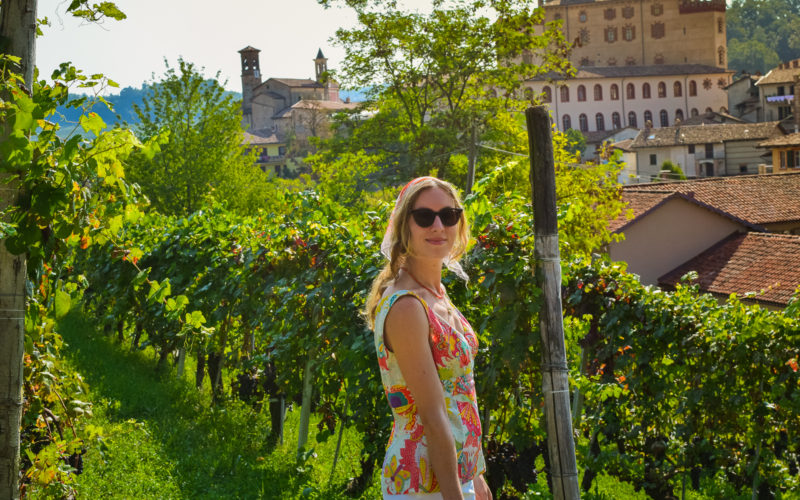
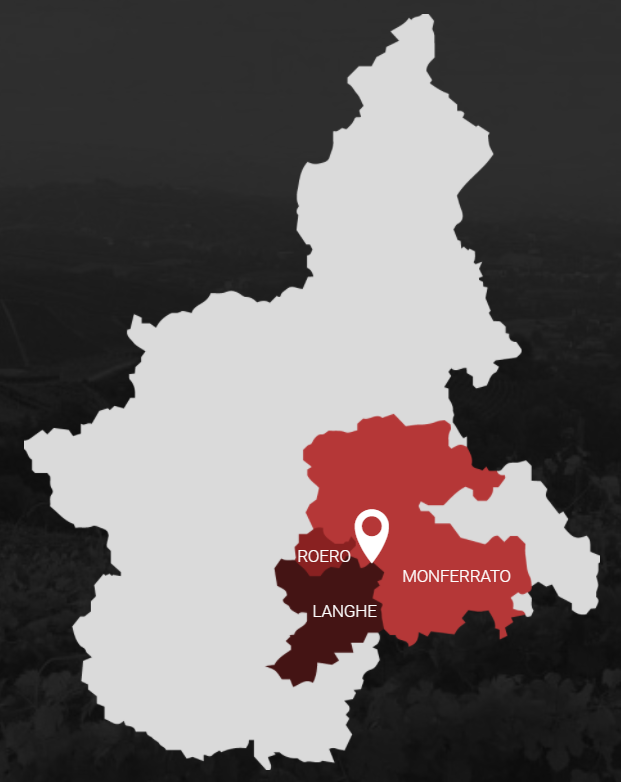
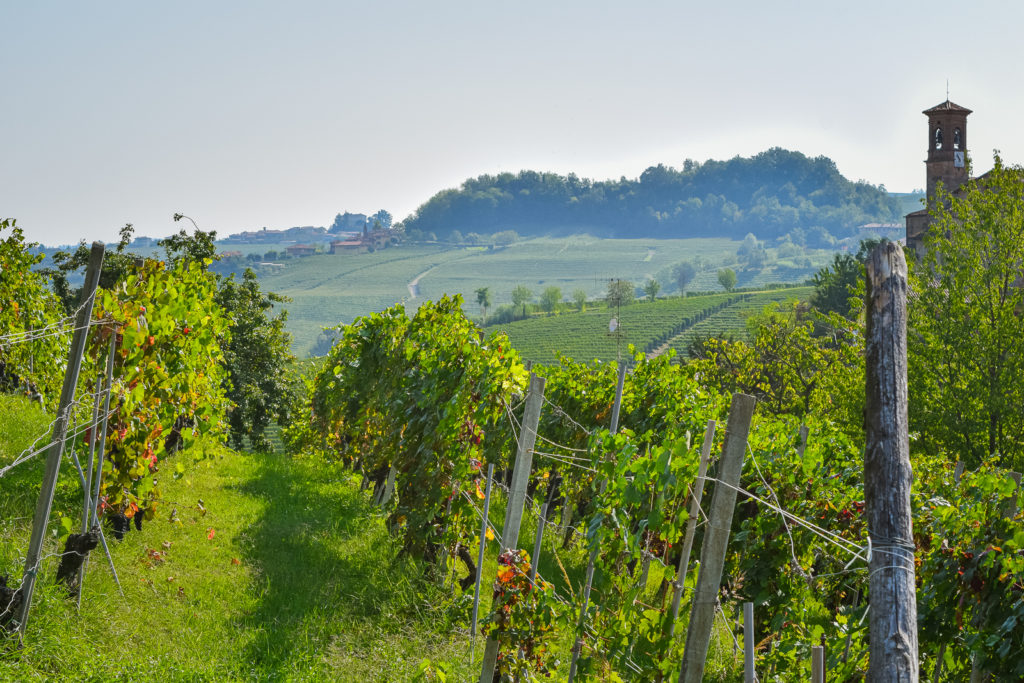
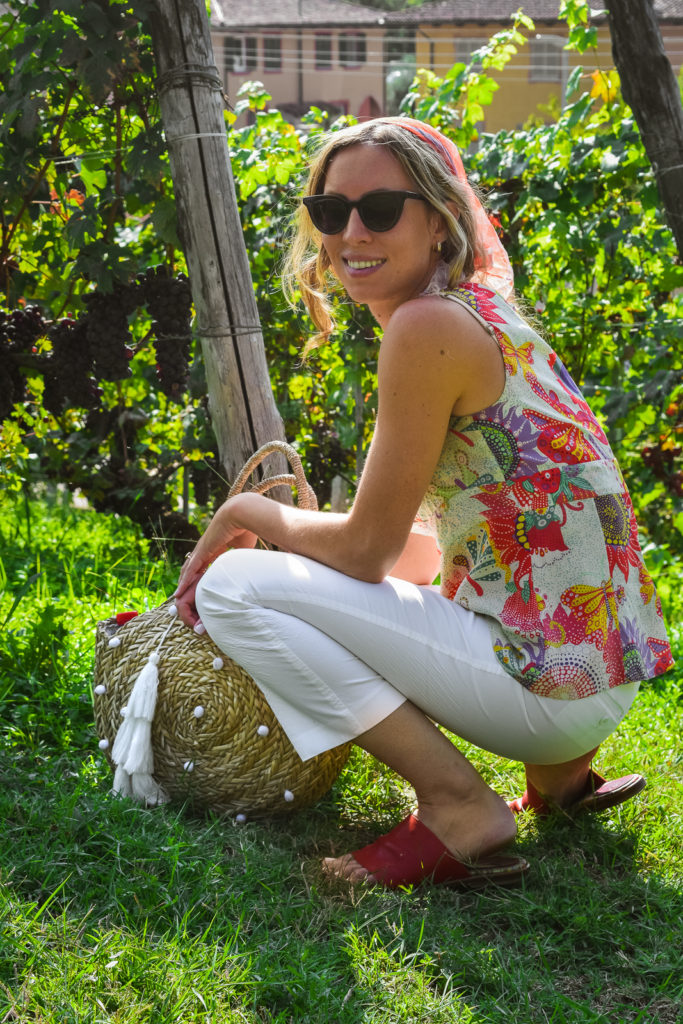
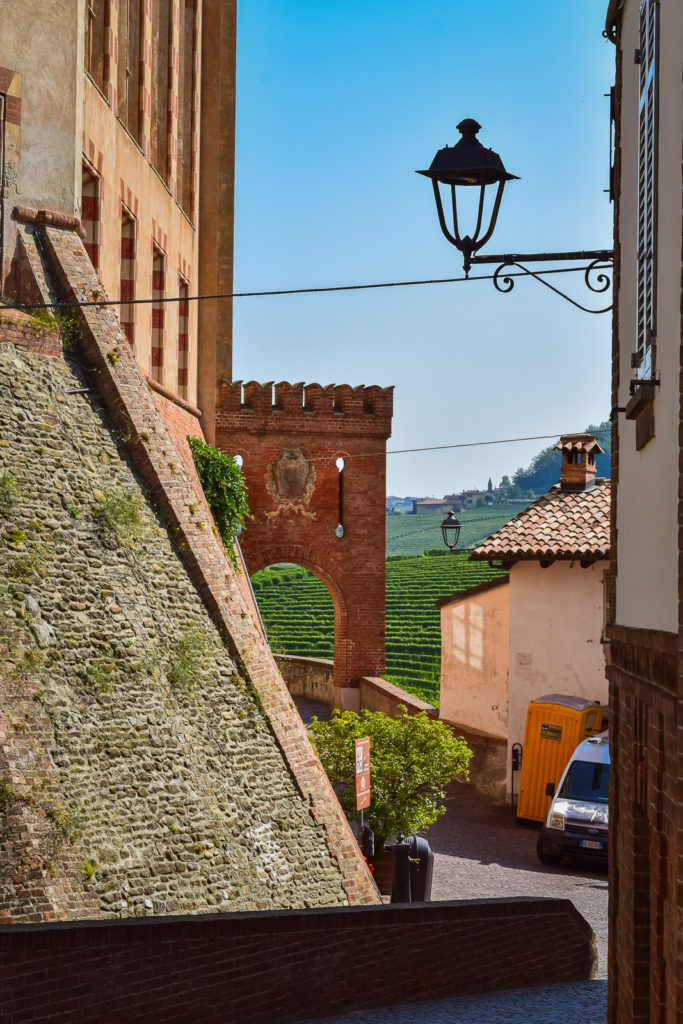
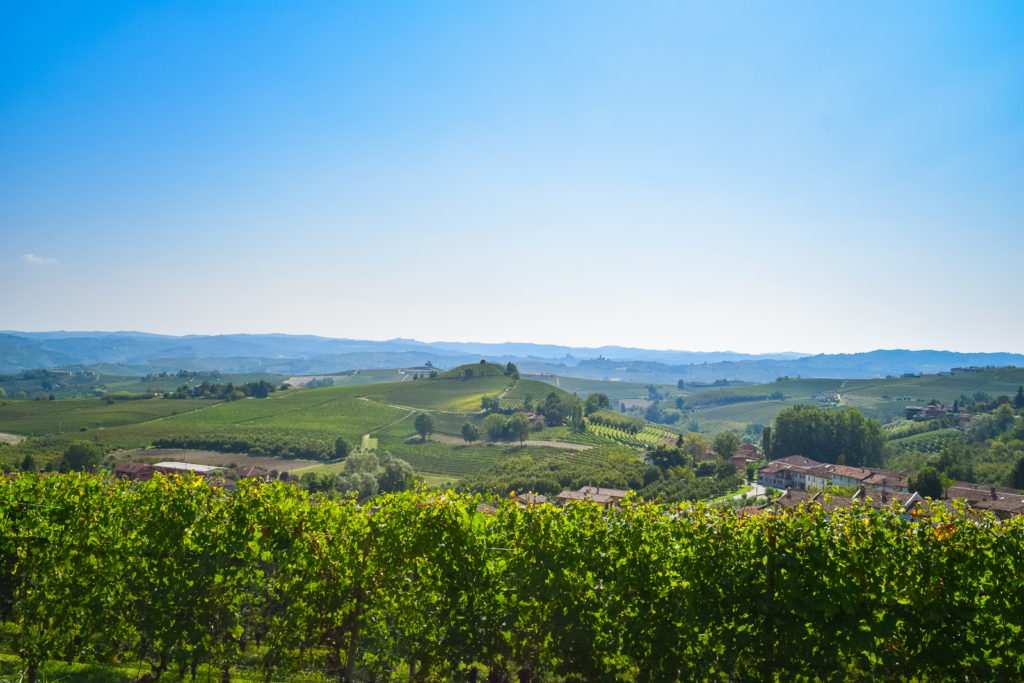
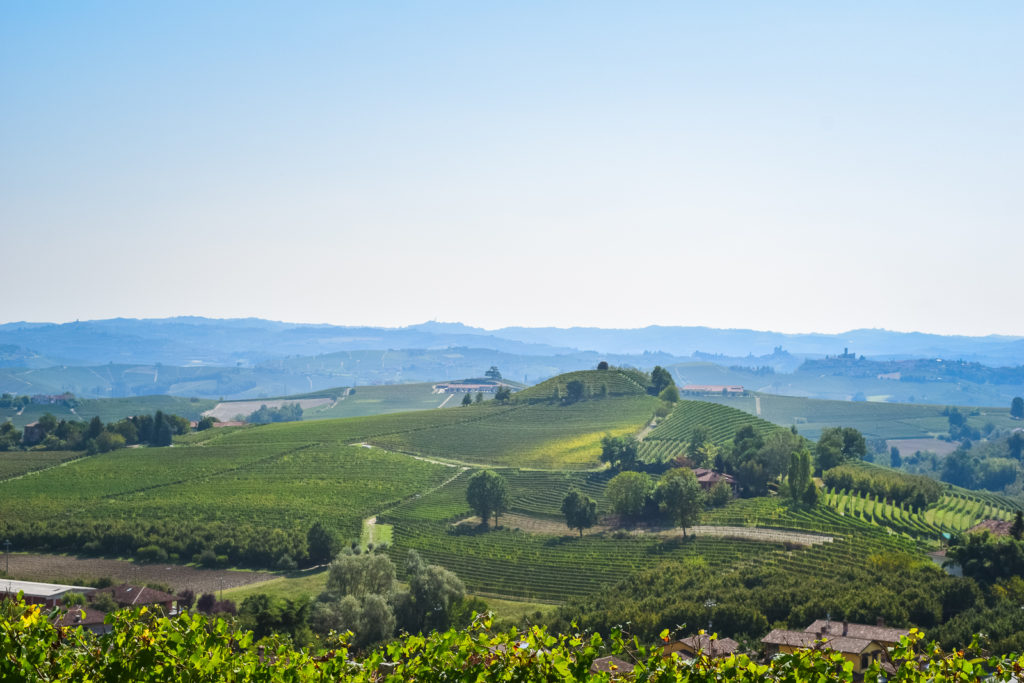
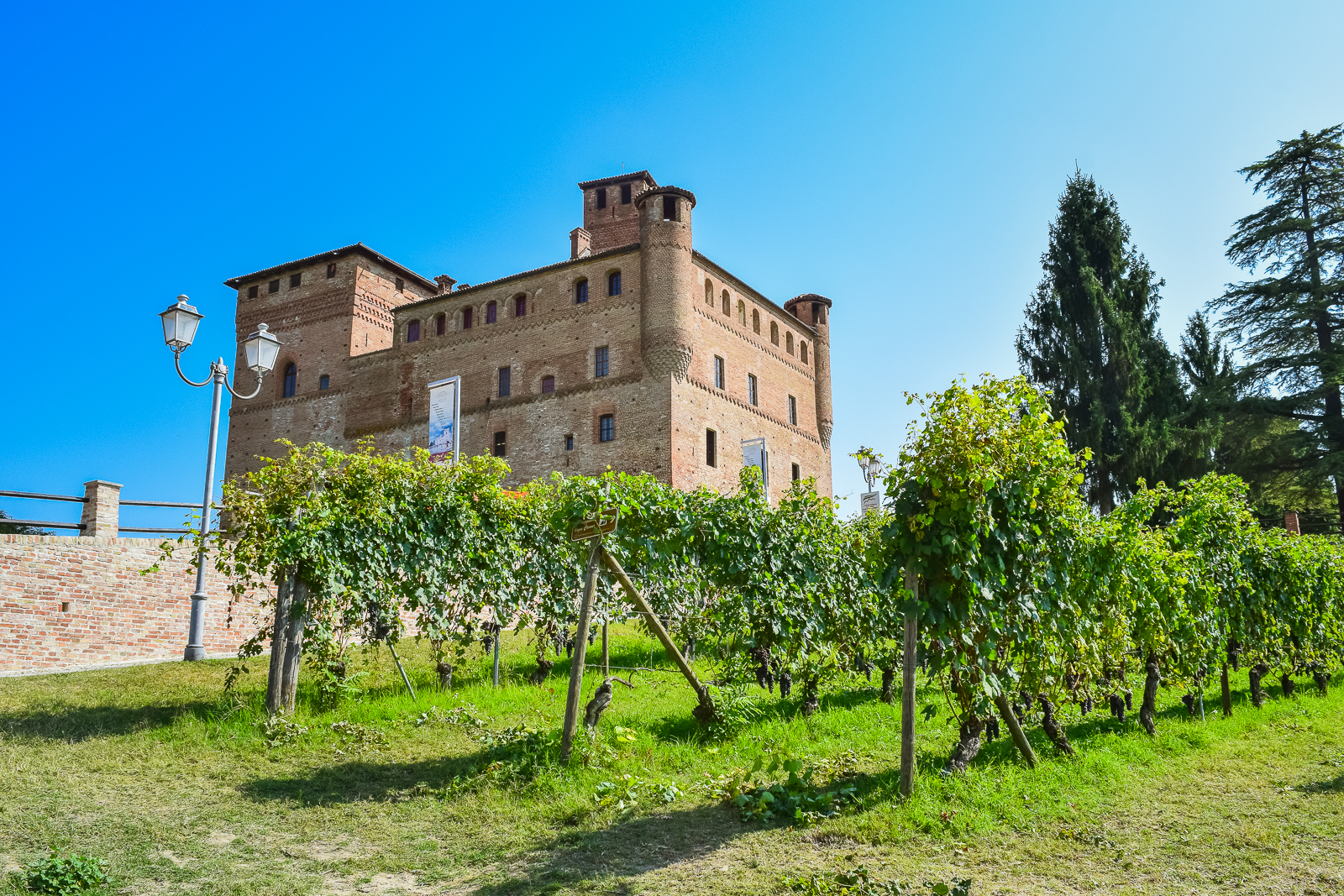
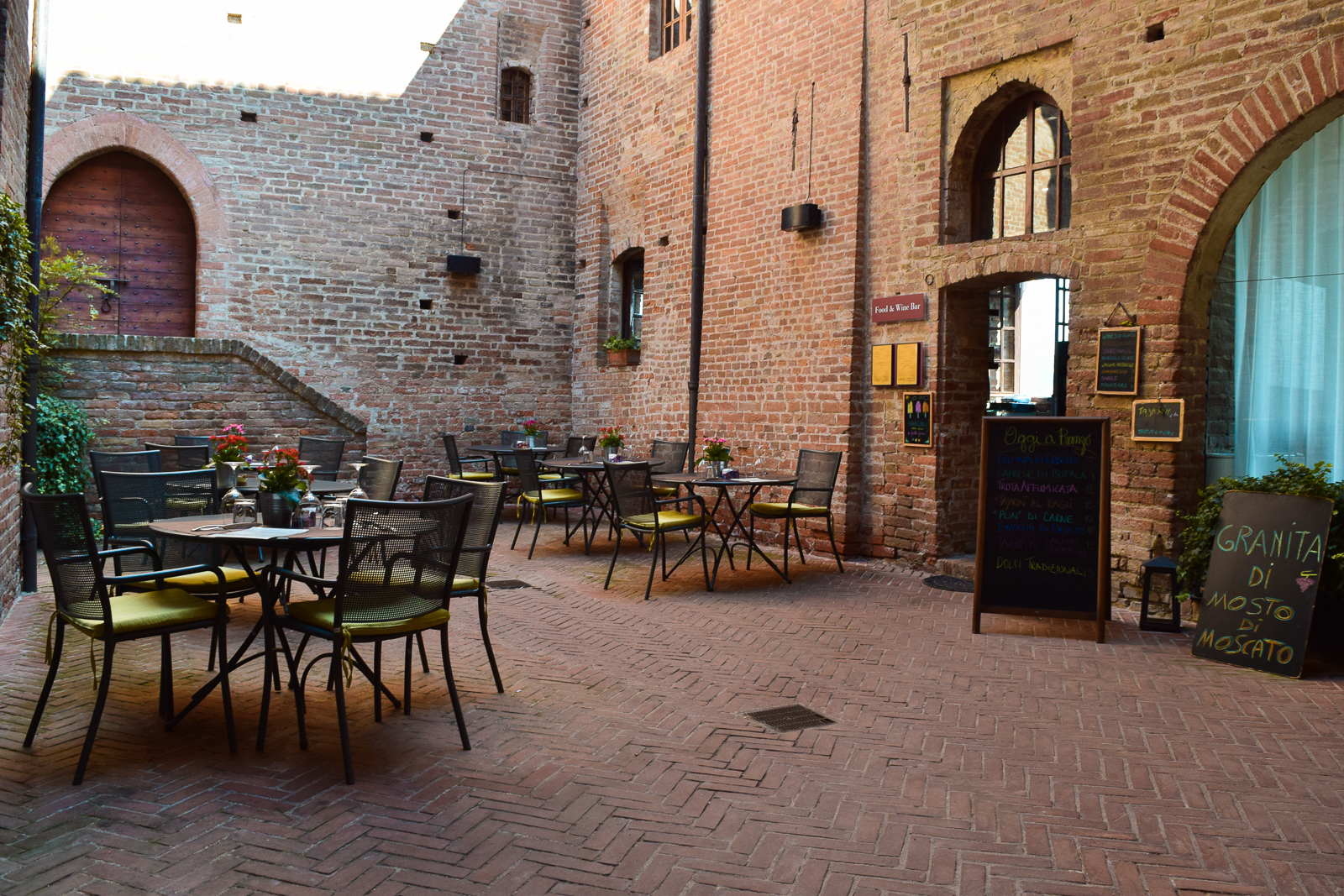
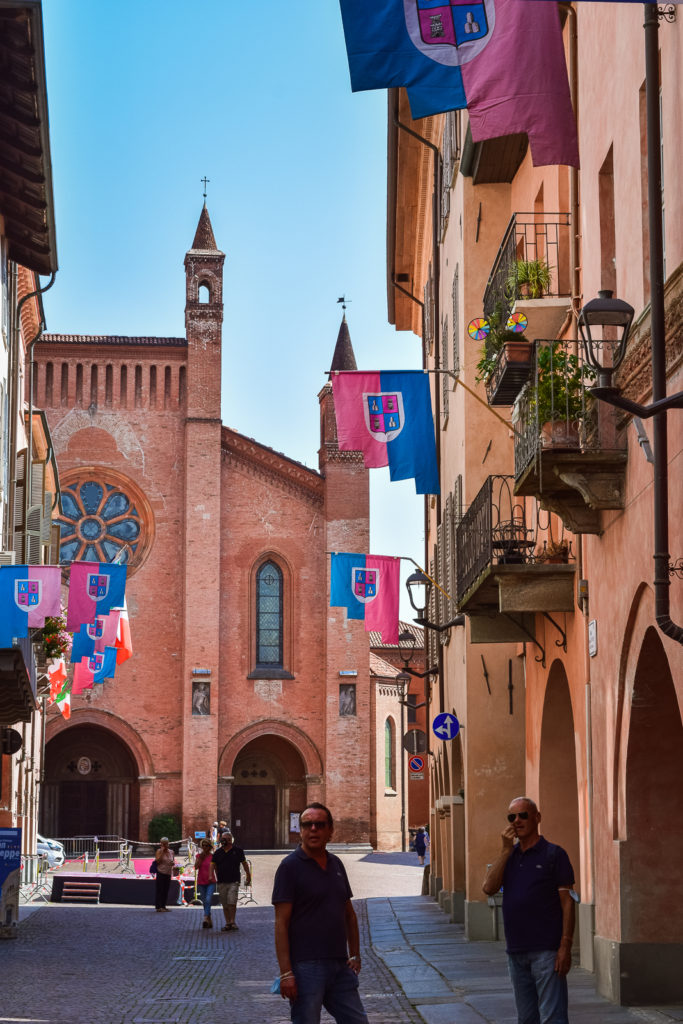
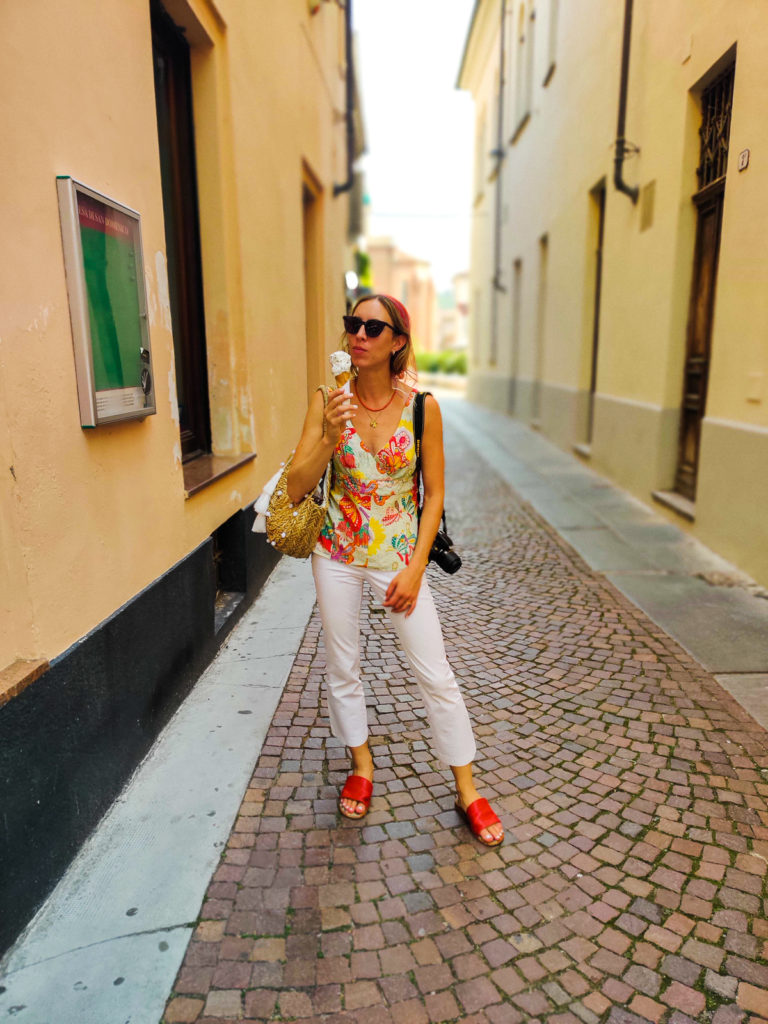
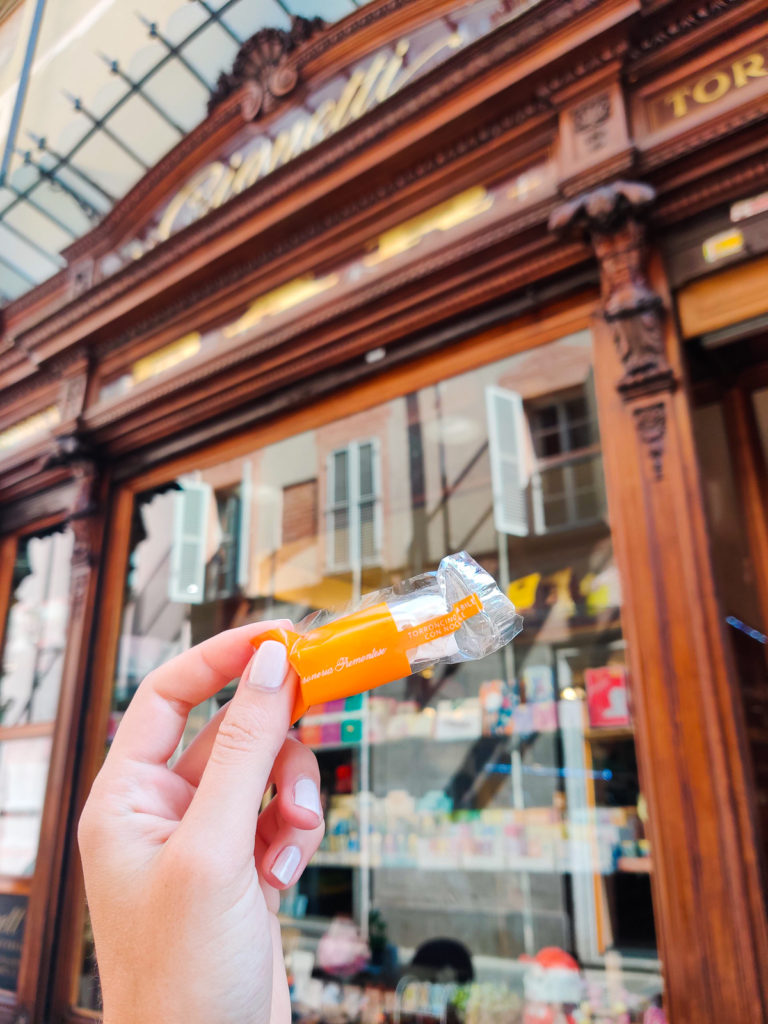
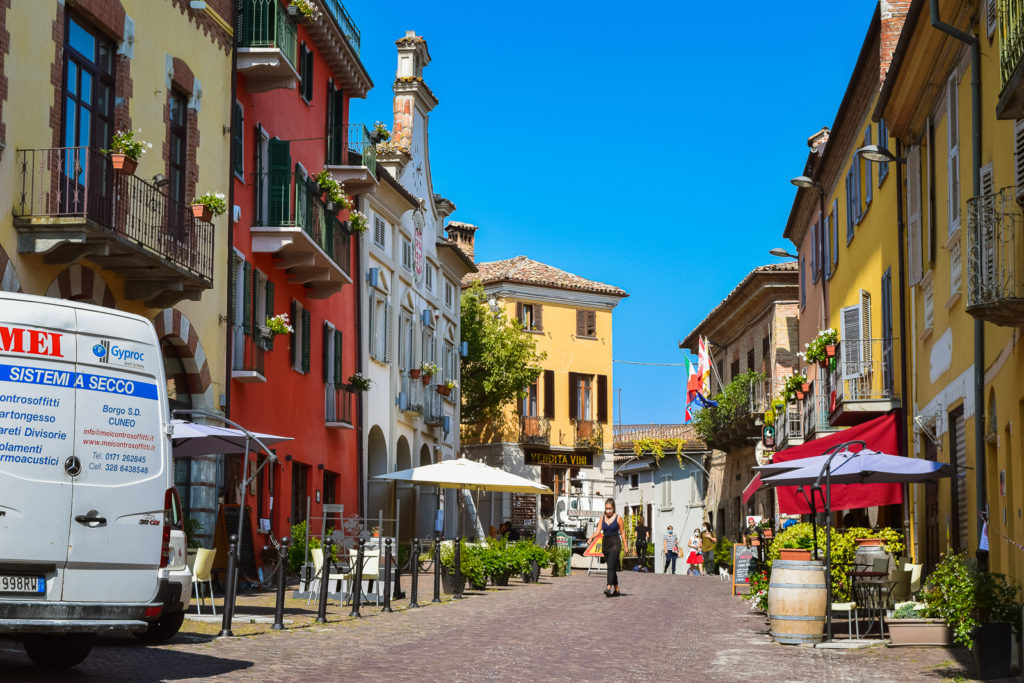
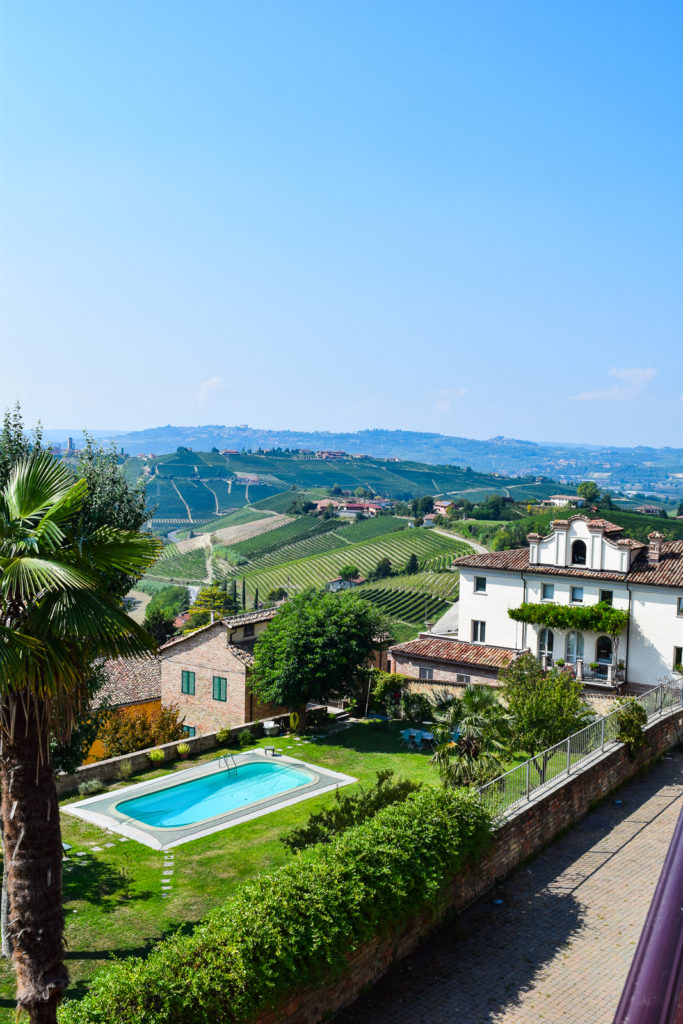
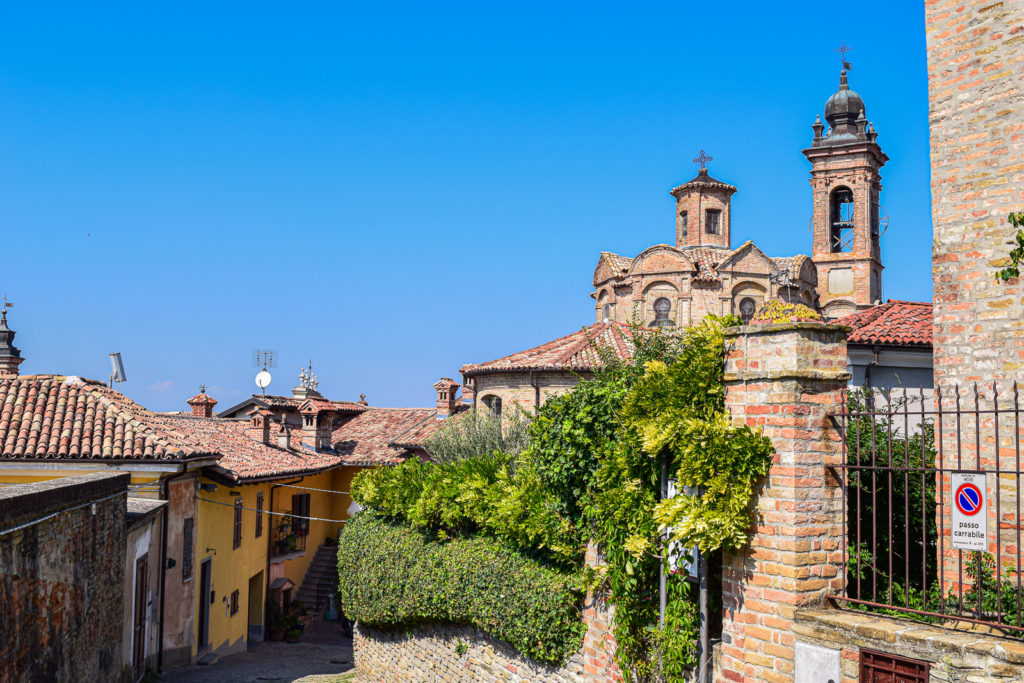
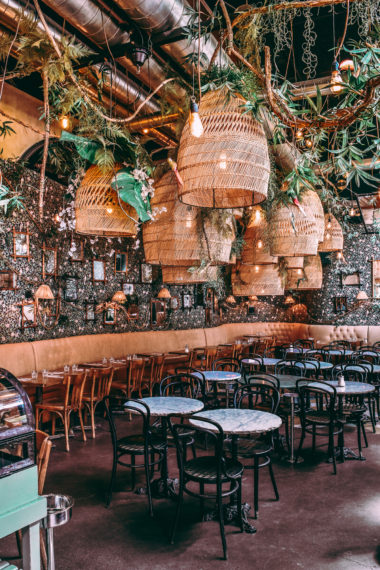
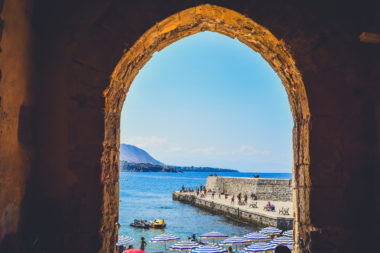
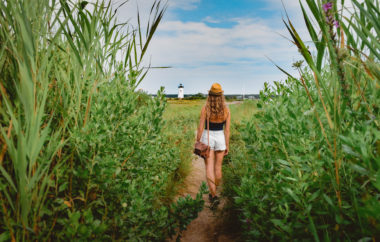
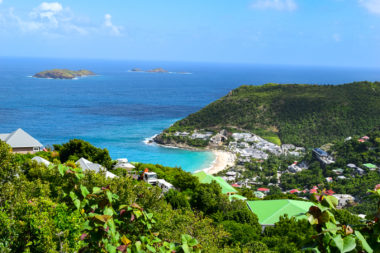
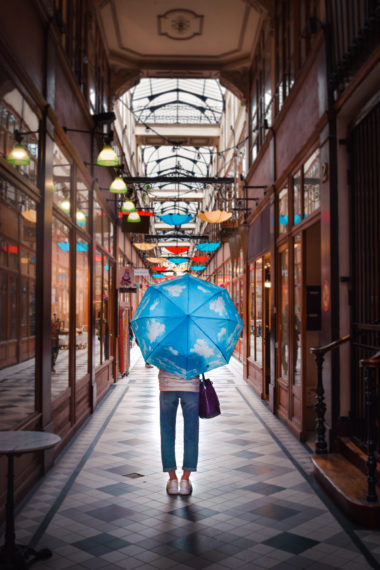
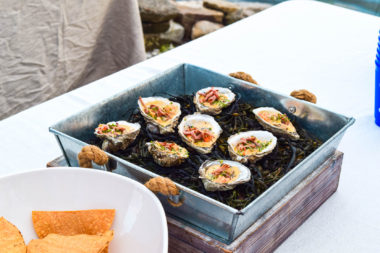

1 comment